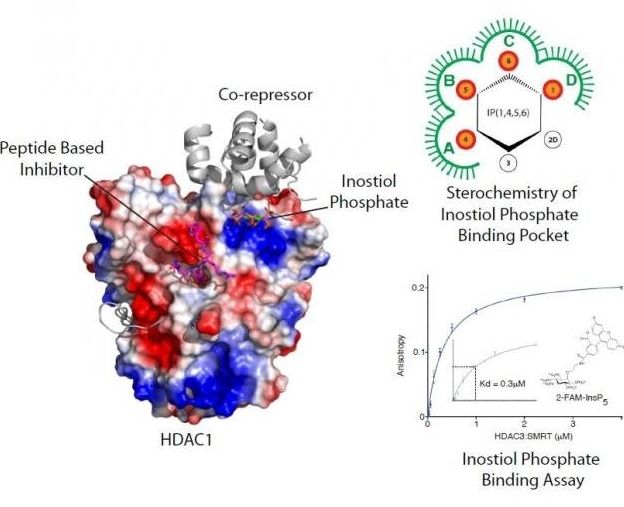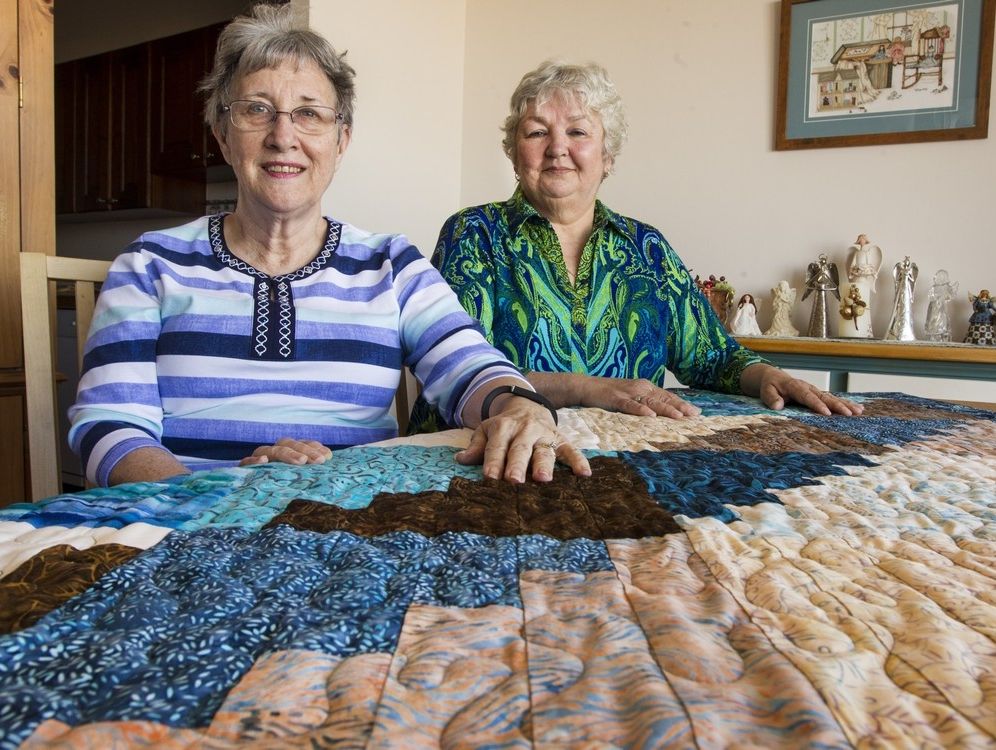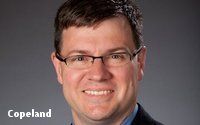University of Leicester. (2016, April 25). Researchers shed light on the role of inositol phosphate molecules in gene regulatory complexes. ScienceDaily. Retrieved April 26, 2016 from www.sciencedaily.com/releases/2016/04/160425112511.htm
Category: biotech/medical – Page 2726
Hazelnut Chocolate Blini recipe
Posted in biotech/medical, food, health
Fighting cancer with Dark Chocolate and Hazelnut.
A dessert recipe for Hazelnut Chocolate Blini that contains healthful ingredients that are also scrumptious!
Very promising.
The explosion of sequencing technologies such as next generation sequencing (NGS) means it is now possible to tailor individual cancer therapies based on patients’ genetic make-up and tumour molecular profiling. The challenge lies in determining which genetic alterations are important in driving disease, so called ‘actionable mutations’.
Sequencing the entire genome or even a limited region reveals large numbers of alterations. Most are harmless, normal changes that do not promote the transformation of a normal cell to a cancer cell. Being able to sort out which changes are drivers in a cancer is a significant, but critical challenge in being able to guide therapy in clinical trials.
Our scientists at AstraZeneca are taking a leading position, defining a genetic classification strategy for how patients can be characterised at the molecular level, integrating knowledge from the drug’s mechanism of action combined with disease biology to help guide cancer therapy in early stage exploratory clinical trials. The article published in the May 2016 issue of Nature Reviews Cancer describes approaches taken by external groups alongside our own efforts to tackle this problem.
Very eye opening: North America has the largest market for silent cancer therapeutic, followed by Europe.
Silent cancer refers to those types of cancer which are undiagnosed in early stages. This is due to asymptomatic nature of the disease which makes it difficult to identify the disease till it progresses to advanced stages. Major silent types of cancer include brain, cervix, esophagus, mouth and larynx, ovarian, pancreatic, kidney, and liver cancer. Some silent types of cancer such as ovarian cancer, esophageal cancer, and pancreatic cancer show symptoms in their early stages. Ovarian cancer occurs in epithelium or lining cells of the ovary. Major signs and symptoms of ovarian cancer include pain or cramps in the belly, nausea, abnormal vaginal bleeding, and bloating. Pancreatic cancer is one of the fastest growing types of cancer worldwide. Esophagus cancer is more common among the older population, compared to adults. This cancer is mainly treated by chemotherapy, surgery, and radiosurgery. Moreover, physicians also use combination therapy for the treatment of silent cancer. For instance, the combination of radiation therapy and chemotherapy is very effective in the treatment of silent cancer.
The global silent cancer therapeutic market is categorized based on type, and mode of treatment. Based on type, the report covers tumors, brain, mouth and larynx, esophagus, liver, renal, pancreatic, cervix, and ovarian cancer. Based on mode of treatment, the report covers chemotherapy, targeted therapy, pharmaceutical drugs, surgery, and radiotherapy.
North America has the largest market for silent cancer therapeutic, followed by Europe. This is due to technological advancements in cancer treatment devices, increasing prevalence of cancer, rise in aging population and improved healthcare infrastructure in the region. The silent cancer therapeutic market in Asia is expected to experience high growth rate over the next few years. This is due to evolving R&D activities in the field of cancer, increasing government support for research, rise in number of cancer patients, growing awareness about various types of silent cancer, increasing elderly population and developing healthcare infrastructure in the region. Moreover, growing demographics and economies in developing countries such as India and China are expected to drive the silent cancer therapeutics market in Asia.
A feel good story for this Tuesday at work to brighten up your day. Hope it brings a smile to everyone.
Combined, they took 77 years to make and cover an area 28 acres in size, slightly larger than Parliament Hill. They’re beautiful, comforting and hopeful, but at times tinged with sorrow.
This week, Betty Giffin will knock on the front door of a home in Ottawa. She’ll have with her a handmade quilt to give to the woman who lives there. The woman has cancer, as does everyone who receives one of the quilts from Giffin’s organization.
This particular quilt, however, marks a symbolic milestone: it is the 50,000th that Victoria’s Quilts Canada, which Giffin founded in 1999, has delivered.
Using Google Glass, Augmedix has developed a platform for doctors to collect, update and recall patient and other medical data in real time, technology website TechCrunch reported on Tuesday.
Google Glass is no longer available for consumers but its enterprise business continues to rise especially in the health care sector.
“When you are with doctors without Glass, they are charting and clicking on computers for a lot of the time and not focusing on their patients,” Ian Shakil, CEO of Augmedix was quoted as saying.
Cool
Shipments of augmented reality hardware, which combine real-world and virtual images in the user’s field of view, are forecast by market research firm IDC to ramp up over the next few years. Unlike virtual reality hardware, which tends to be more geared toward gaming, AR hardware is particularly suited for enterprise use, such as architecture, equipment repair and maintenance,
Product design and medical procedures, to name a few. IDC predicted that VR hardware will take off first, but AR will catch up, with combined devices markets seeing hardware shipments exceeding.
110 million units in 2020.
New project underway to find answers.
The Allen Institute for Brain Science has announced major updates to its online resources available at “brain-map.org” brain-map.org, including a new resource on Aging, Dementia and Traumatic Brain Injury (TBI) in collaboration with UW Medicine researchers at the University of Washington, and Group Health. The resource is the first of its kind to collect and share a wide variety of data modalities on a large sample of aged brains, complete with mental health histories and clinical diagnoses.
“The power of this resource is its ability to look across such a large number of brains, as well as a large number of data types,” says Ed Lein, Ph.D., Investigator at the Allen Institute for Brain Science. “The resource combines traditional neuropathology with modern ‘omics’ approaches to enable researchers to understand the process of aging, look for molecular signatures of disease and identify hallmarks of brain injury.”
The study samples come from the Adult Changes in Thought (ACT) study, a longitudinal research effort led by Dr. Eric B. Larson and Dr. Paul K. Crane of the Group Health Research Institute and the University of Washington to collect data on thousands of aging adults, including detailed information on their health histories and cognitive abilities. UW Medicine led efforts to collect post-mortem samples from 107 brains aged 79 to 102, with tissue collected from the parietal cortex, temporal cortex, hippocampus and cortical white matter.
New research findings showing HPV is several cases could be passed orally. If this is the case; what is the tie to folks with cold sores.
The transmission of Human Papilloma Virus (HPV), very much possible during oral sex, causes cancer, two oncologists have warned.
A new anti-biofilm nano coating has been developed by a group of researchers from Ben-Gurion University of the Negev (BGU). The newly developed coating has remarkable anti-adhesive potential, and may be used for various industrial and medical applications.








